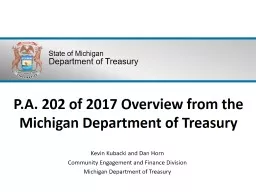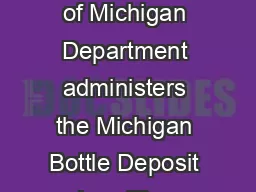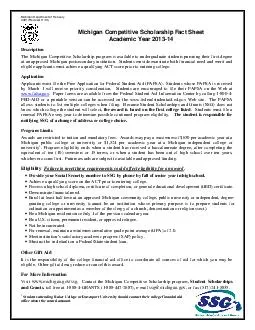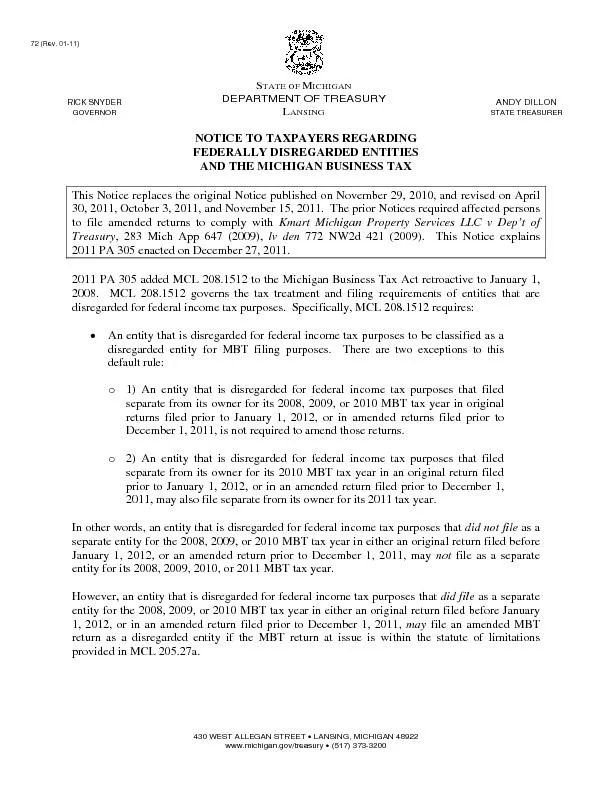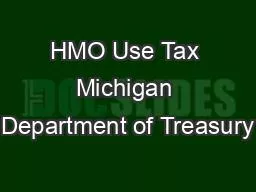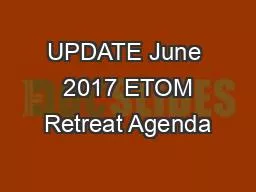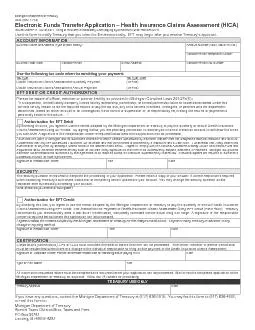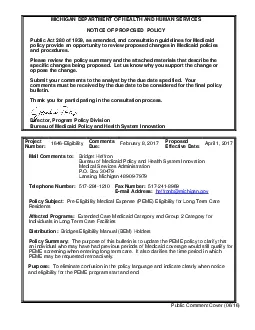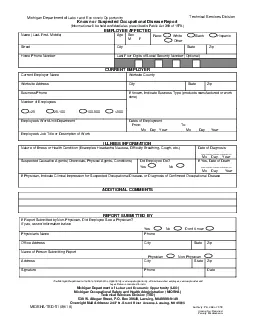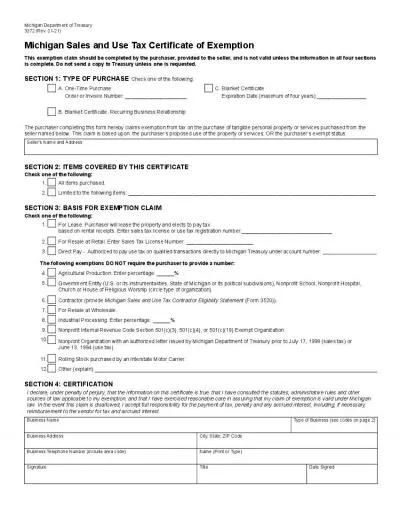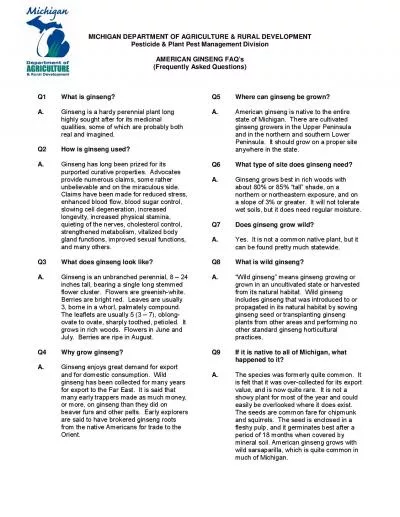PPT-P.A. 202 of 2017 Overview from the Michigan Department of Treasury
Author : liane-varnes | Published Date : 2018-11-07
Kevin Kubacki and Dan Horn Community Engagement and Finance Division Michigan Department of Treasury Todays Discussion Topics Retirement system annual report and
Presentation Embed Code
Download Presentation
Download Presentation The PPT/PDF document "P.A. 202 of 2017 Overview from the Michi..." is the property of its rightful owner. Permission is granted to download and print the materials on this website for personal, non-commercial use only, and to display it on your personal computer provided you do not modify the materials and that you retain all copyright notices contained in the materials. By downloading content from our website, you accept the terms of this agreement.
P.A. 202 of 2017 Overview from the Michigan Department of Treasury: Transcript
Download Rules Of Document
"P.A. 202 of 2017 Overview from the Michigan Department of Treasury"The content belongs to its owner. You may download and print it for personal use, without modification, and keep all copyright notices. By downloading, you agree to these terms.
Related Documents

